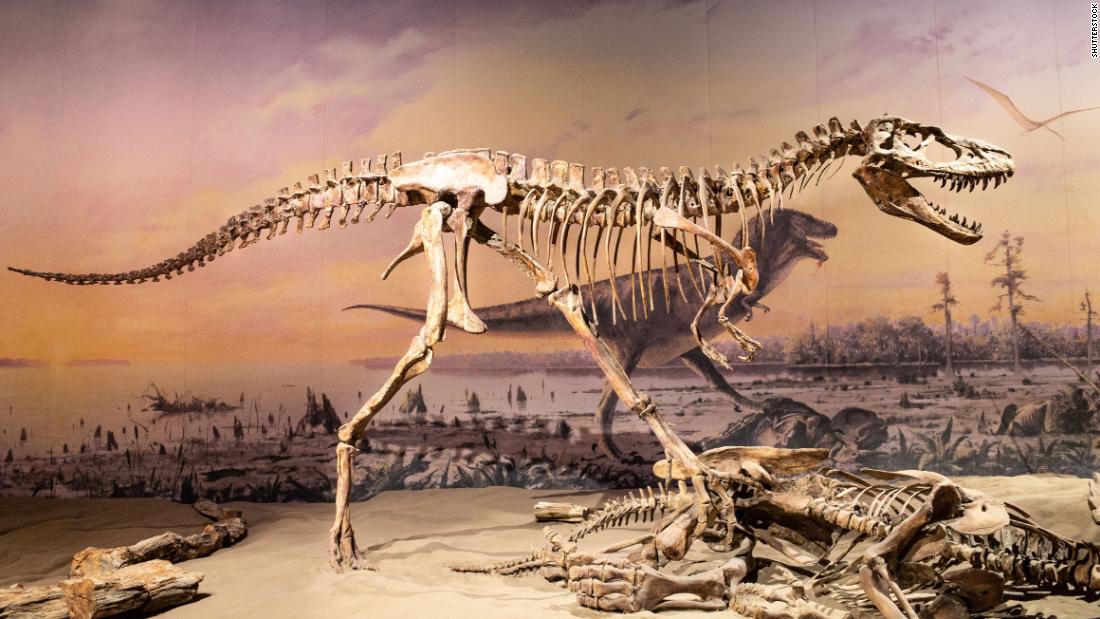The Board of Elections, which has a history of mishaps, is now under intense fire for its error in releasing mayoral primary results.
As New Yorkers began to cast ballots in the first citywide election with ranked-choice voting, turmoil quietly roiled the government agency overseeing the election.
The agency, the New York City Board of Elections, had lost its executive director and one of his top deputies just weeks before early voting. It was being pressured to change its plan for releasing results.
And as Primary Day approached on June 22, the board’s remaining leaders had repeatedly declined help with the ranked-choice software and delayed training for employees, creating confusion among the staff.
On Tuesday, as the city eagerly awaited results in the mayoral primary and other major races, the problems burst into public view when the agency released preliminary ranked-choice vote totals — only to retract them hours later, acknowledging that they were no longer trustworthy.
Officials explained that the board had mistakenly included more than 130,000 test ballots in the preliminary count. A new ranked-choice tally was run on Wednesday, and the top-line results were unchanged: Eric Adams, who had the most first-place votes on primary night, was still the first choice, but by a far narrower numerical margin over his closest rival, Kathryn Garcia.
The results, however, seemed almost anticlimactic, with the memory of Tuesday’s snafu still causing outrage across the city and renewing calls for changes at the elections board. It also resurrected long-held frustrations about the barriers that have persistently blocked reforms at the agency, despite decades of blunders and scandals.
“It’s just one fiasco after another, year after year,” said Lulu Friesdat, executive director of Smart Elections, an elections reform group. “The fact that we haven’t made the effort to change that is shocking. It’s appalling.”
New York is the only state in the country with local election boards whose staffers are chosen almost entirely by Democratic and Republican Party bosses. The system is meant to ensure fairness by empowering the parties to watch each other, but for decades the board in New York City has been criticized for nepotism, ineptitude and corruption.
In recent years, the political appointees who run the board have stumbled again and again. They mistakenly purged about 200,000 people from voter rolls ahead of the 2016 election; they forced some voters to wait in four-hour lines on Election Day 2018; and they sent erroneous ballots to nearly 100,000 New Yorkers seeking to vote by mail last year.
Still, while some lawmakers have suggested reforms, the proposals have failed to gain much traction. The structure of the election board is enshrined in the New York State Constitution, so it is hard to change, and political leaders have little incentive to support any reforms because the current system gives them a lot of power.

On Wednesday, facing anger and ridicule from across the political spectrum — including in a statement sent by former President Donald J. Trump — leaders in the New York State Senate and Assembly vowed to hold hearings to finally tackle problems at the board.
“The situation in New York City is a national embarrassment and must be dealt with promptly and properly,” said Andrea Stewart-Cousins, a Democrat who leads the Senate, in a statement. “In the coming weeks, the Senate will be holding hearings on this situation and will seek to pass reform legislation as a result at the earliest opportunity.”
Even as lawmakers promised reforms, the board acknowledged for the first time Wednesday that it had been operating through the election season without much of its leadership team.
Michael Ryan, who has served as the board’s executive director since 2013, has been on medical leave since early March, and Pamela Perkins, the agency’s administrative manager, retired on June 1 after nearly two decades in the position, a spokeswoman confirmed.
The New York Post reported Mr. Ryan’s medical leave earlier Wednesday.
Wilma Brown Phillips, who was chosen to succeed Ms. Perkins, started the job on Monday, meaning the board did not have an administrative manager on Primary Day.
In the absence of Mr. Ryan and Ms. Perkins, both Democrats, day-to-day operations were effectively run by the board’s two top Republicans, Dawn Sandow and Georgea Kontzamanis.
Ms. Sandow is a former executive director of the Bronx Republican Party with deep ties to Guy Velella, a longtime lawmaker and Bronx party leader who quit elected office in 2004 after pleading guilty in a bribery conspiracy.
The leadership vacuum — during an intense election, with a new method of voting — caused tumult at the board for months, several employees said.
As the board dealt with those issues, it also ignored offers of technological assistance from the supplier of the software that it would use to tabulate the ranked-choice votes.
The supplier, Ranked Choice Voting Resource Center, first offered to help on May 26 and then tried again several times, said its policy director, Christopher W. Hughes.
“We had offered up to the Board of Elections to be there in person or remotely and support running the ranked-choice voting election,” Mr. Hughes said in an interview on Wednesday.
Mr. Hughes said the resource center could have run a parallel process, using the same data and a copy of the same software, to ensure that the results matched. Doing so would have made it more likely that they would have caught the test ballots that were inadvertently added to the tally on Tuesday, he said.
Valerie Vazquez-Diaz, a spokeswoman for the elections board, declined to address the substance of Mr. Hughes’s assertion.
Instead, she reiterated the board’s position that the problem was not caused by the software, but by the agency’s staff.
“The issue was not the software,” Ms. Vazquez-Diaz said. “There was a human error where a staffer did not remove the test ballot images from the Election Management System.”
Understanding the potential role of human error, Mr. Hughes had offered to train New York City election workers on the software, and to provide “remote or in-person support” when it came time to tabulate the vote.
His original proposal set out a budget of $90,000 for assistance through 2025, at the cost of $100 or $150 an hour. But he did not hear back, even after trying again on June 2, June 14 and finally, June 21, the day before the primary.
The organization’s software was used last year in primaries in Kansas, Wyoming and Alaska. Mr. Hughes said the center always offered some assistance to jurisdictions using its software.
“Other jurisdictions tended to be more responsive to outreach, though,” he said.
The board also got a late start in testing the software to generate the ranked-choice results because of an impasse with the State Board of Elections that took more than a year to resolve. As recently as a month before the election, the board still faced the possibility of having to count hundreds of thousands of ballots by hand.
Only on May 25 did the state board give a green light to the city board’s preferred software package, known as the Universal Ranked-Choice Voting Tabulator.
Douglas Kellner, the co-chairman of the state Board of Elections, said the delay was caused by the city election board itself, as well as resistance from Republicans on the state board.
“The city Board of Elections had other priorities, that was one issue,” Mr. Kellner said. “And when they finally got around to saying, ‘We have a ranked-choice voting election next year,’ the Republicans at the state Board of Elections started dragging their feet, because they question whether the city even had the authority to amend the charter to provide for this system of voting. So that added several months of additional delay.”
Delays also plagued the plan to train employees on the software and ranked-choice voting itself, workers said. Two employees said they did not receive training until after early voting had already begun.
A final challenge emerged when the board leaders struggled to decide how and when to release the results of the ranked-choice voting.
The board always planned to release only the results of first-choice votes by early voters and in-person voters on primary night. Initially, it planned to then wait until it had received all the absentee votes to conduct the instant runoff enabled by the ranked-choice part of the election.
However, officials had received pressure to release results earlier, including from Councilman Brad Lander, who proposed legislation last December to require earlier reporting. Some supporters of ranked-choice voting pushed to make raw voting data public early on, in part because they feared that if the absentee votes changed the results, critics would blame ranked-choice voting.
At the last minute — just a few days before Primary Day, employees said — the board settled on a compromise: It would release the results of an instant runoff just for the early votes and in-person voters, as something of a test of the system. That was the release on Tuesday, which was calculated erroneously and sparked the outrage.
The debate about when to release results surfaced as early as December, at an oversight hearing of the City Council.
At that hearing, Councilman Fernando Cabrera opened with a warning that now sounds prescient.
“2021 is the biggest year for local races in recent memory, with open contests for all citywide offices and two-thirds of the City Council seats,” he said. “We cannot afford to get this wrong.”
Michael Rothfeld contributed reporting.
"that" - Google News
July 01, 2021 at 06:13AM
https://ift.tt/3AdtaSB
Inside the Turmoil at the Agency That Is Running Ranked-Choice Voting - The New York Times
"that" - Google News
https://ift.tt/3d8Dlvv












